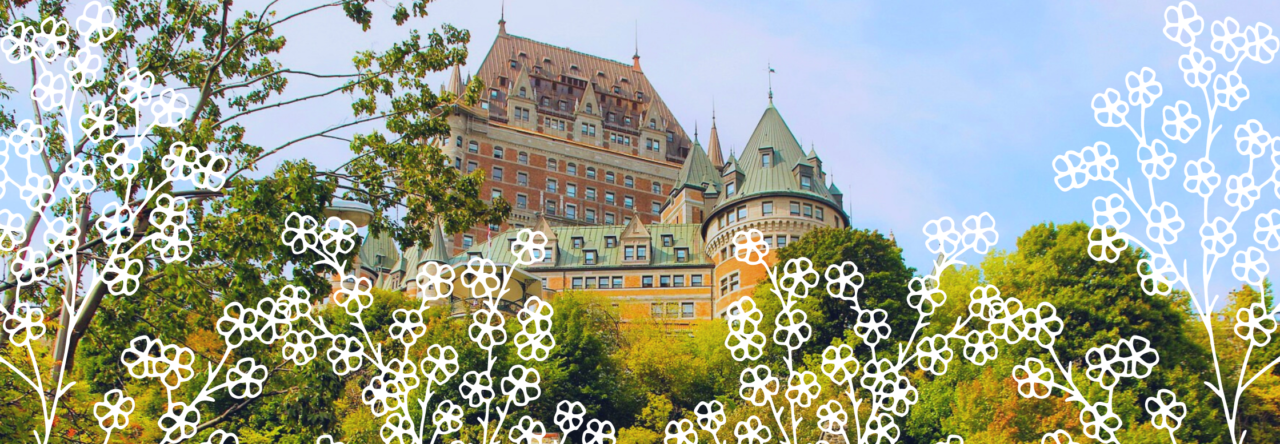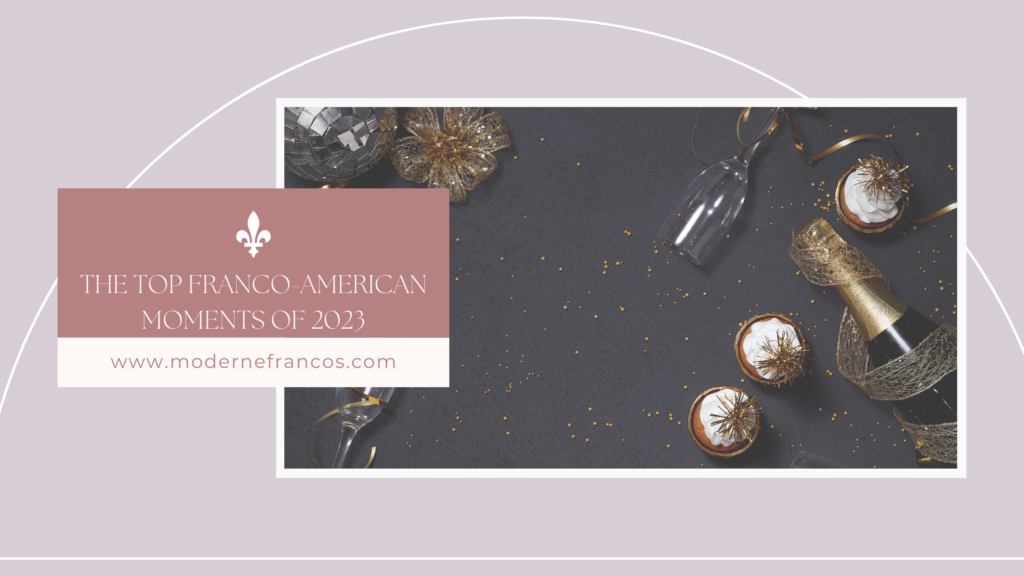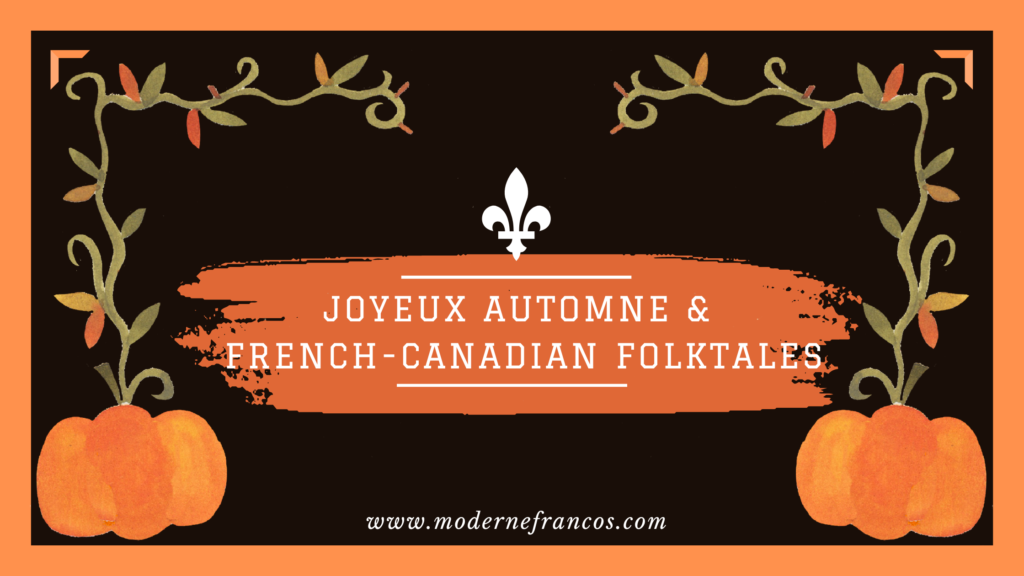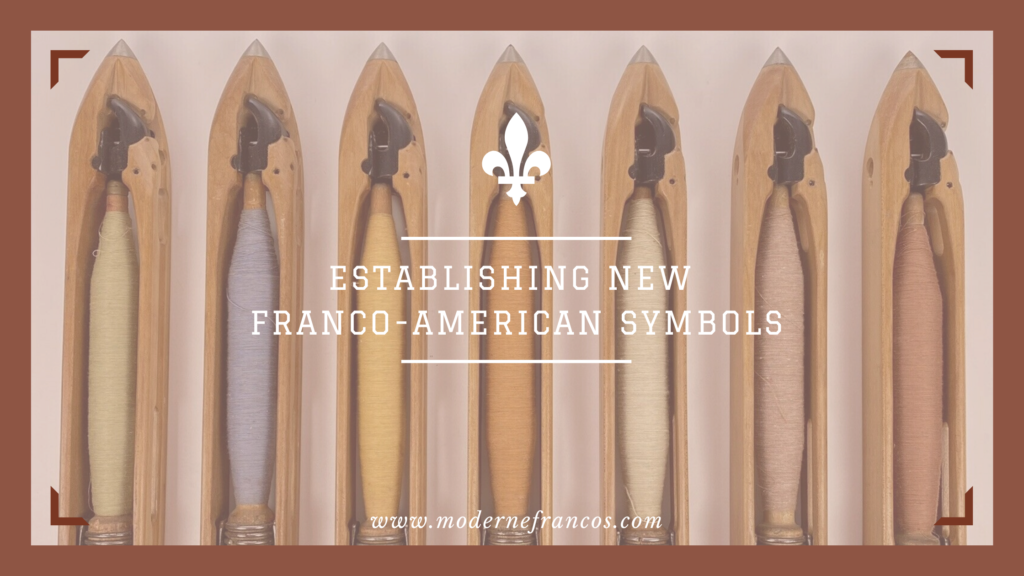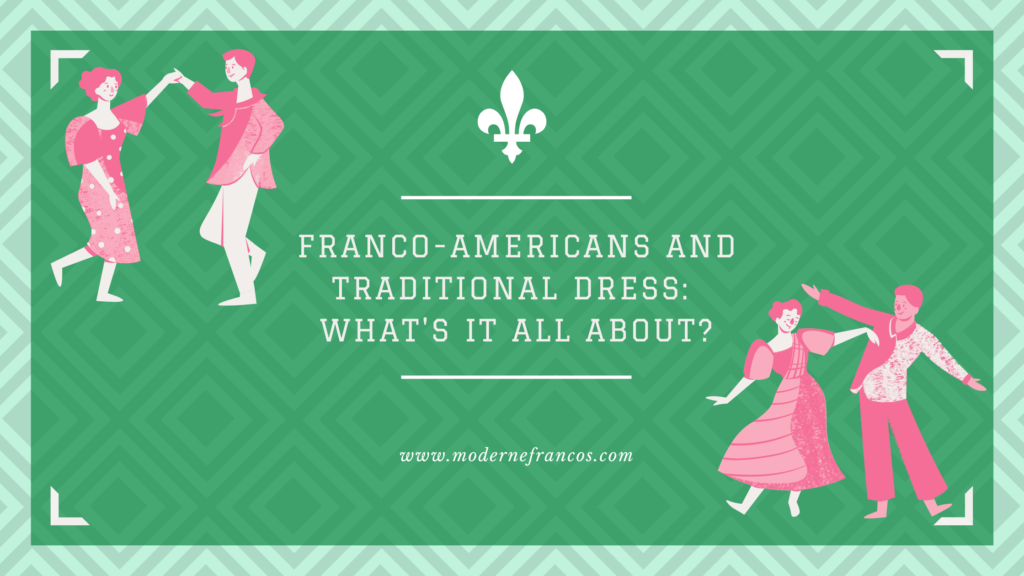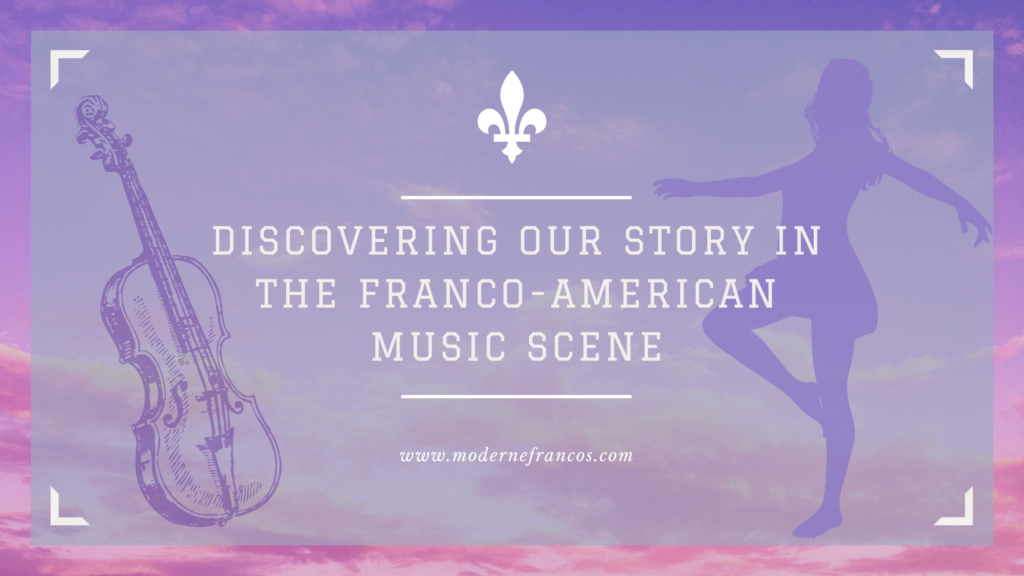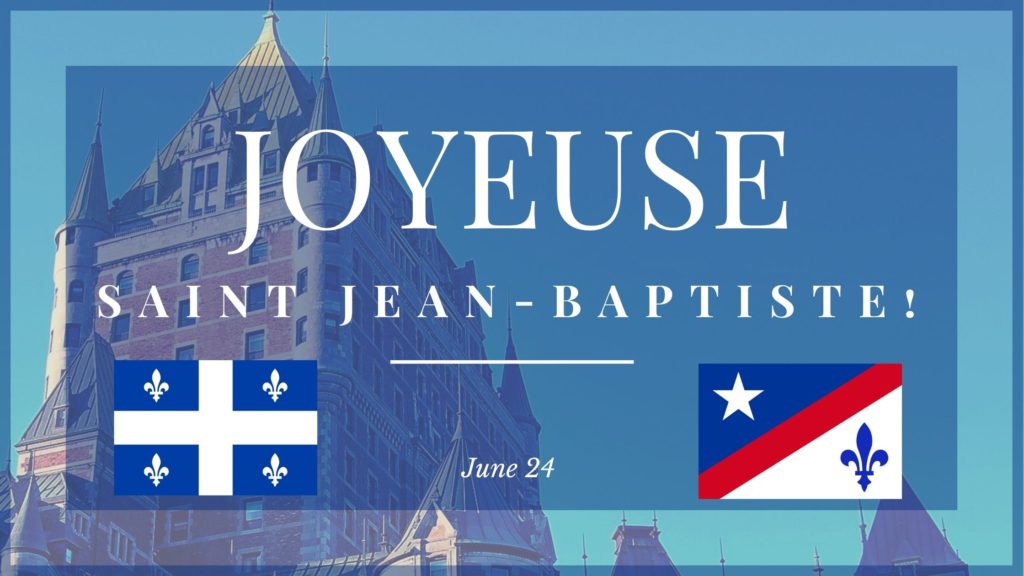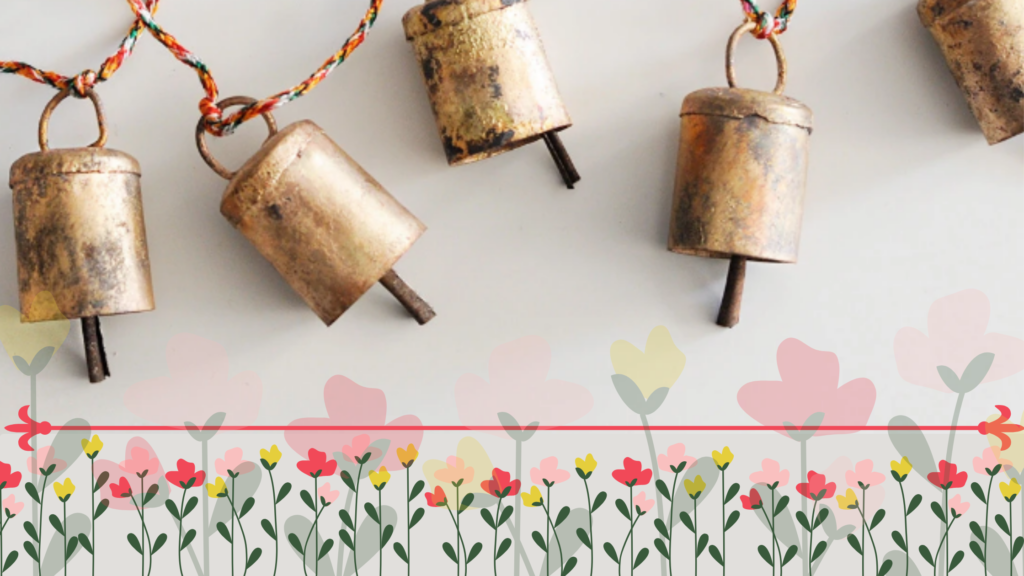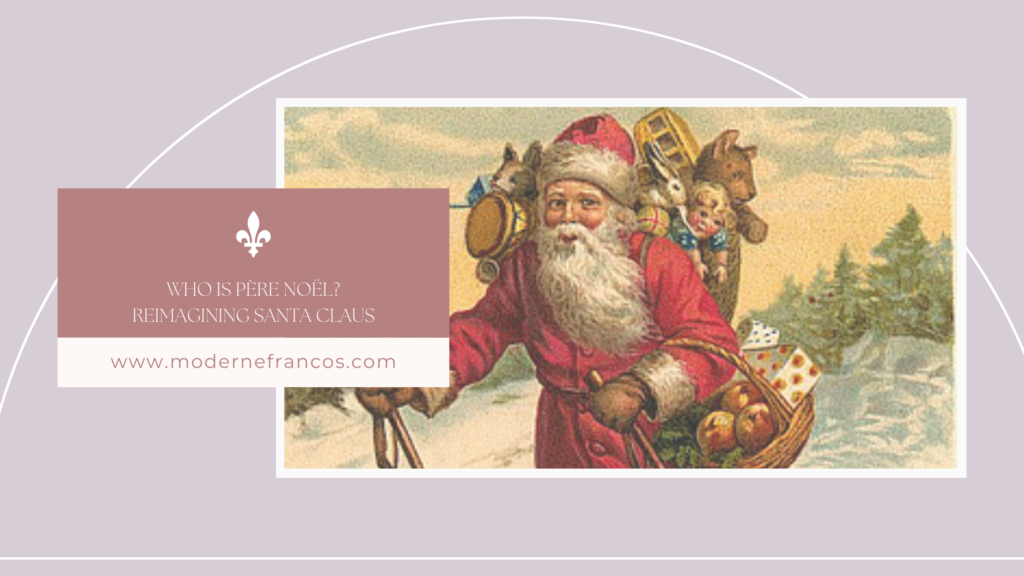
It’s still the winter holiday season, which means we’re seeing plenty of advertisements and depictions of Santa Claus all around us. There are endless variations of this character throughout the world, but, for the most part, he’s a jolly man donned in red and white.
In French-Canadian culture, a version of Santa named Père Noël emerged after World War I as Christmas became more commercialized in Québec. Prior to Père Noël, Christmas among French-Canadians was a quiet, solemn day to recognize the birth of Christ. The Baby Jesus was even the one who brought children their gifts!
This isn’t the first time I’ve researched French-Canadian winter holiday traditions, as seen in my presentation about its folklore and role in Franco-American culture. However, as I thought about holidays like Le Réveillon, La Fête des Rois, and the primary role New Year’s Eve used to have in our culture, I wondered if we could ever fully revive these customs.
While discussing this topic with friends, we determined that Santa Claus with a ceinture flechée would be an interesting getup. So, here’s what I’ve come up to makeover Saint Nick as the French-Canadian gift-giver, Père Noël.
